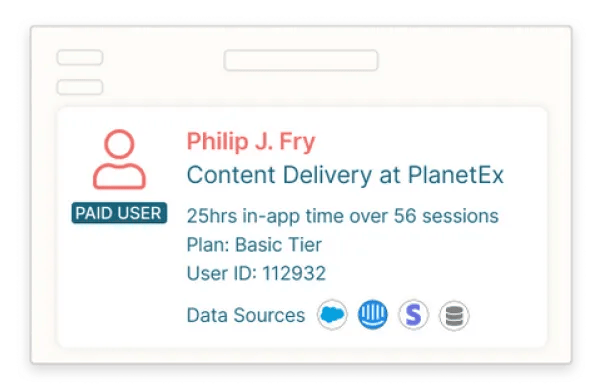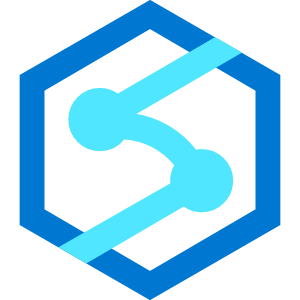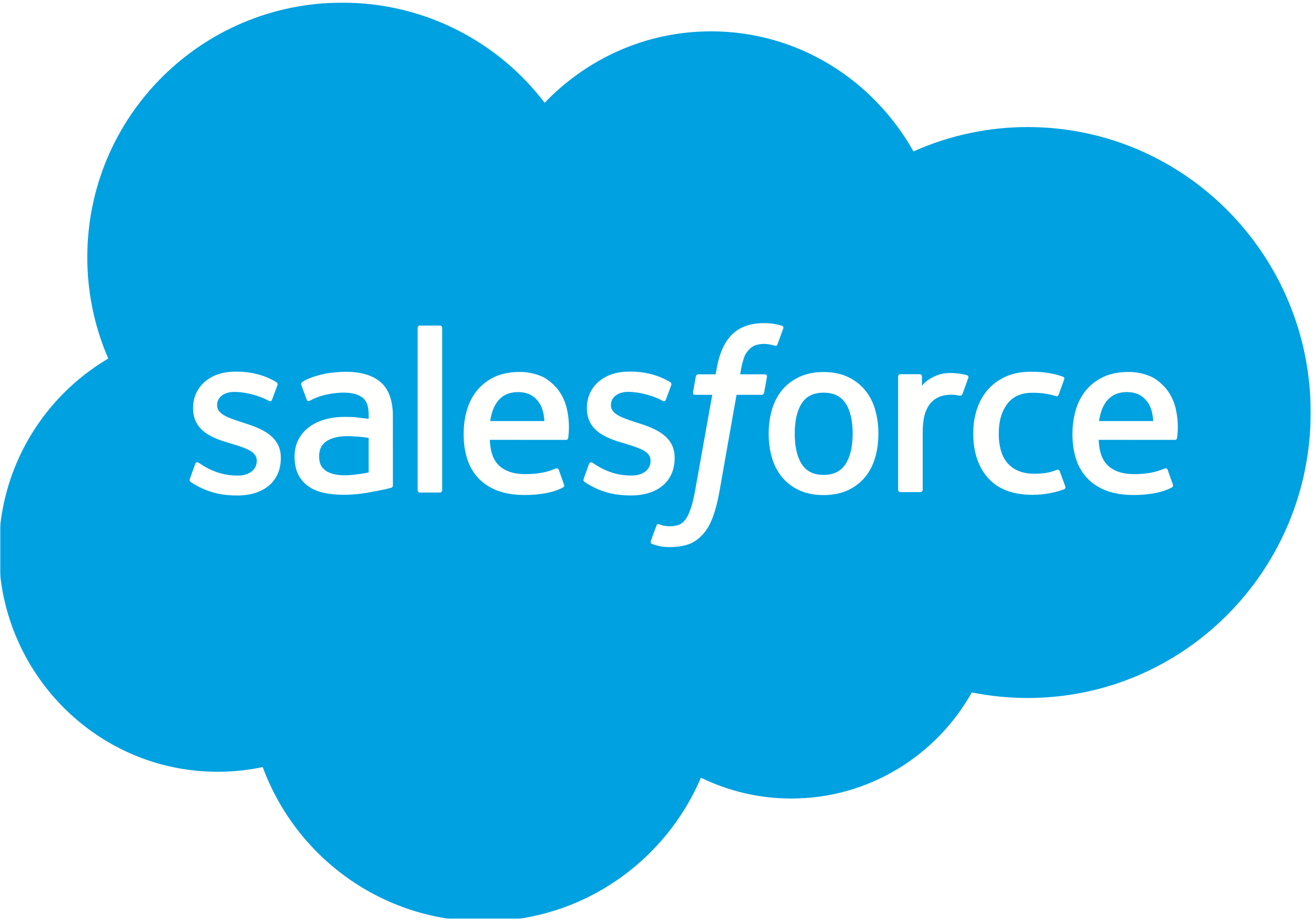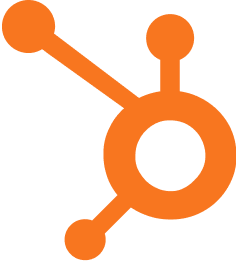FIGMA X CENSUS
How Figma uses their customer data to 10X sales team productivity
Figma, a Product-Led design tool with millions of users, built an Enterprise Sales Team to accelerate revenue growth. By integrating product data into Salesforce, Figma improved sales team productivity by 10X, uncovered upsell opportunities, and enabled account executives and managers to monitor customer usage directly within Salesforce.
Company type: B2B SaaS
Team: Sales and RevOps
Use cases: Product metrics in CRM, Product qualified leads, Product-Led Growth
Featured integrations: dbt, Facebook Ads, Google Ads, Google Sheets, LinkedIn Ads, Marketo, Netsuite, Salesforce, SFTP, Snowflake, Zendesk, Custom Destination
Figma is a SaaS collaborative design tool used by over 5 million people that enables the entire design team’s process to happen in the cloud. They decided to build an Enterprise Sales Team to accelerate their revenue growth.
Figma is built around a freemium model — designers from all over the world get started using Figma for free and bring in coworkers to collaborate on the platform. They start paying as they use more features.
Results
-
Exposing all of the product data in SFDC improved the sales team’s productivity.
-
Uncovered upsell opportunities from existing accounts.
-
AEs & AMs know how each of their customers are using the product, without leaving Salesforce.

“Arming a sales person with usage stats and key personas led to 10x better discovery calls.”
Kyle Parrish
VP of Sales
The Challenge
Figma's Product Led Growth model has been at the core of their success and revenue growth since it launched in 2016. To capitalize on that rapid growth, in 2018 Figma launched their Organizations product and decided to build an Enterprise Sales team to drive its adoption.
That’s when Figma’s Sales Ops team turned to Census for help.
Challenges:
-
Identify and route the freemium users (based on product usage) that fit Figma’s ICPs with high revenue potential.
-
Build a Unified Account Hierarchy model to give a 360° view of an organization to the Account Exec.
-
Create a Customer Health Score (based on product data) to identify accounts that have high potential or are at risk.
The problem the Sales Ops team faced was finding the right sales leads amongst their millions of users, many of whom weren't ready to buy. How could the company turn their rapid product led growth into a sales strategy?
Not knowing which features the customers were using made it complicated for Account Managers to know which accounts to educate and engage in order to prevent churn and/or create opportunities.
With millions of freemium users, it was difficult for Account Executives to know which customers to prioritize.
A lack of consistency in their user, team, and organization models made it impossible for Account Executives to understand which prospects were using Figma inside the organization, and for what purposes.
The Solutions
🎯 Creating a unified account hierarchy
Figma set out to organize their users into a hierarchical account structure. Their goal was to group all Figma teams and organizations together into a single account so that it could be worked by an individual rep.
With Census, Figma automatically created child accounts for new teams and organizations, and associated them with a single parent account representing the company. When an individual from a new company signs up for Figma, Census triggers Salesforce automation to create a new parent account to represent the company, and a child account to represent the org or team. Opportunities and contacts are associated with a child account, but a single rep owns the whole hierarchy of accounts, opportunities, and contacts.
Figma went even further. Even though a rep was actively engaging with a particular account, the customer could choose to pay for the product at any time with their credit card, skipping the rep entirely. Figma used Census to incorporate payment data from Stripe into the account hierarchy, adding automation to create new Opportunities or mark existing ones as Closed Won when a credit card transaction occurs
⚡ Building 360° profiles and identifying the most valuable accounts
Building a unified list of accounts was the first step, but now the team had to figure out which leads and customers to prioritize. Figma, like most companies, chose to solve this by enriching their leads with third-party data from Clearbit to find users working in the Fortune 500. However, using third-party data isn’t enough to build a great sales operation.
A single user trying out Figma for an hour shouldn’t receive the same attention as a whole team collaborating together daily.

Using Census, Figma added internal product usage data and created a 360 view of their users directly in Salesforce. The Account Executives and Account Managers could now understand the level of engagement for each account at a glance and identify their ICP by looking for those users with highest levels of engagement.
🥇 Scoring Leads and Accounts to focus on high-value conversations
With potential accounts unified and enriched, the final step was to turn the data into action. Figma leveraged their new first & third-party enrichment data to build their own Product Qualified Lead (PQL) scoring model and a Customer Health Score model.
By using Census, Figma could now tweak both scoring models and immediately deploy the new formulas to every account so that reps stay prioritized on the right accounts at the right time, even as strategy shifts.
Finally, the Ops team operationalized that data in Salesforce to:
✅ Automate the routing of leads to AEs based on a configurable threshold and rules, all while respecting existing book-of-business owners.
✅ Generate reports for Account managers to identify healthy and at risk account.
✅ Notify Account Executives and Account Managers when customers achieve key events or milestones.
"Our salespeople don't want to look at 10 different tools to understand what our users are doing. The system we've built with Census brings the data right to their fingertips so they can focus and spend more time with customers."
Kyle Parrish, VP of Sales
The Outcomes
🕒 Fewer tools means a simpler and faster sales process
The investment in a data-driven sales process has paid dividends by increasing the productivity of the Sales team. This increase in both efficiency and productivity led Figma to achieve their sales target & raise their series C financing just a year later.
💰 Uncovering New Opportunities
Building a unified list of accounts was the first step, but now the team had to figure out which leads and customers to prioritize. Figma, like most companies, chose to solve this by enriching their leads with third-party data from Clearbit to find users working in the Fortune 500. However, using third-party data isn’t enough to build a great sales operation.
🛠️ ️ Unified Data = Better Ops
Since the initial deployment, Figma has continued to improve their go-to-market machine. First, they leveraged Census to enable real time sales forecasting in Google Sheets instead of daily manual updates. Second, using their now-structured usage data and existing data sync, other teams such as the Marketing Ops were also able to deploy Marketo with a full list of customers and their activities in a matter of a few days instead of weeks.
And the best part, no engineers or custom code needed.
From your data warehouse to all your apps, customers, and agents.
Without code or CSVs.
Start using Census today by booking a demo with one of our experts.
















